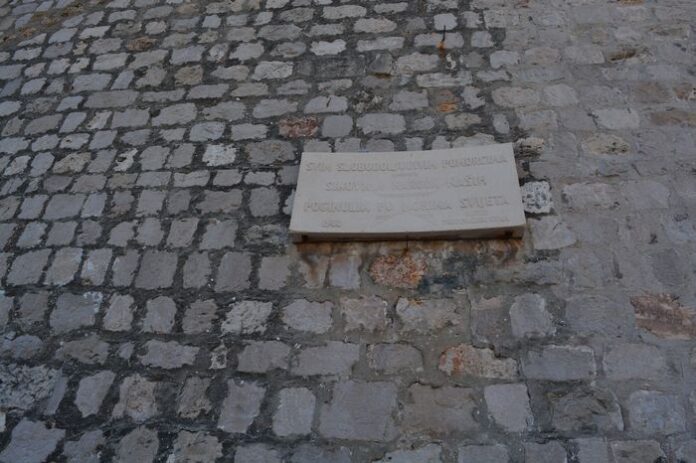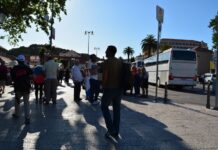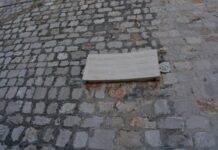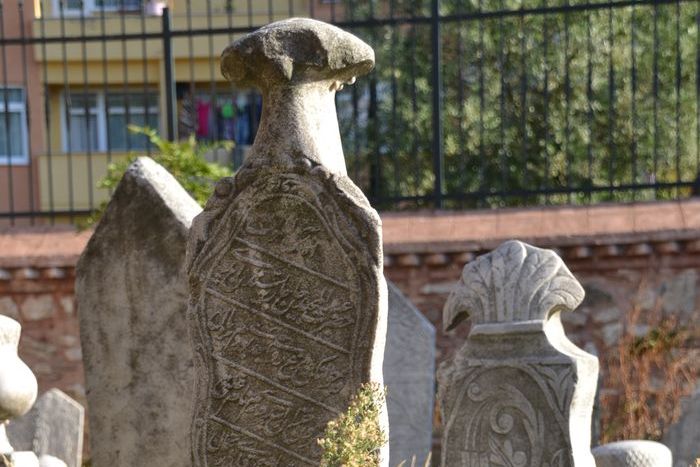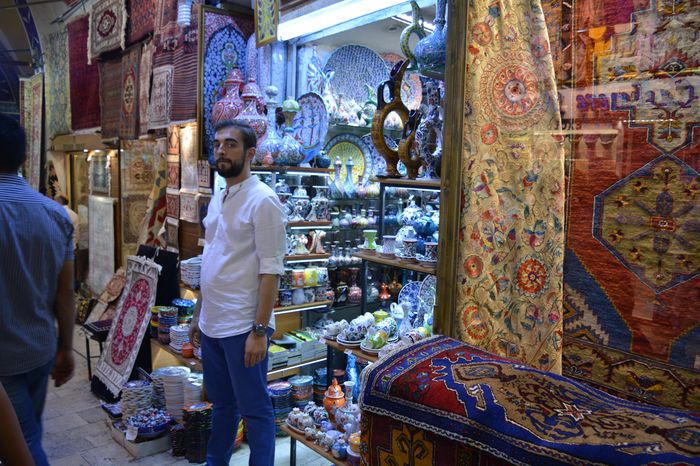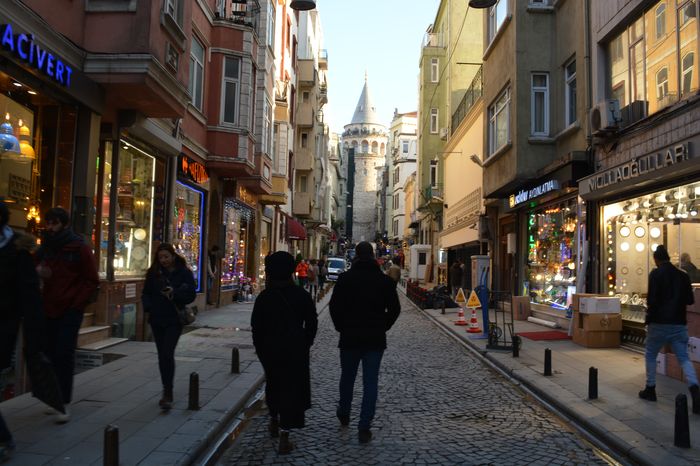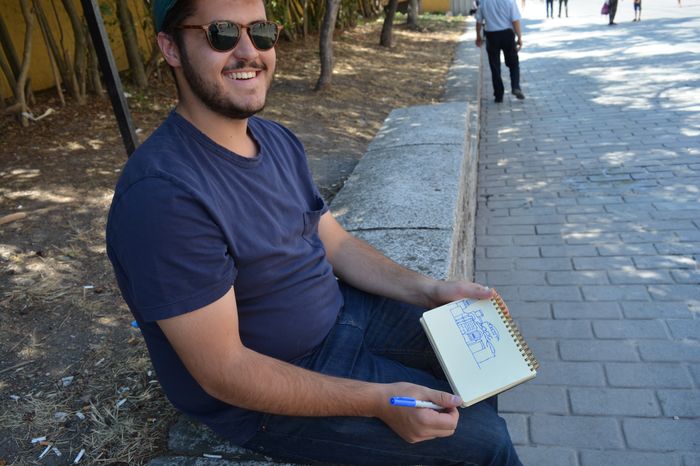The next Theodosian gate is located between the last tower of the Outer Wall to the north of the Gate of Charisius and the old Byzantine palace, now called Tekfour Serai. In its current state, the gate only pierces the Outer Wall, as the Inner Wall ends abruptly just south of the palace. This is likely because the Inner Wall was broken down when the palace was built. To compensate for this, the Outer Wall was raised higher, made thicker, and reinforced with a large tower The History of the Kerko Porta.
The Gate’s Role and Its Name
According to its position among the gates, this entrance should be the Sixth Military Gate. Its small size matches this classification. However, this gate was also known as the Porta Xylokerkou or Gate of the Wooden Circus because it led to a Circus (a stadium) made of timber near the Church of St. Mamas outside the walls. Sometimes, it was simply called the Iverko Porta or Gate of the Circus.
Supporting Evidence for the Gate’s Identity
There are several reasons supporting the identification of this gate as the Gate of the Wooden Circus:
Location: Like the Gate of the Xylokerkus, this gate was also an entrance across the Golden Horn. It was situated closer to the Golden Horn than the Gate of Charisius. Historical records show that during a military demonstration by Emperor Constantine Copronymus, he marched between the Gate of Charisius and the Golden Gate, reaching St. Mamas and encamping there. This suggests that the gate was near the Golden Horn Sofia Day Trip.
The Hippodrome of St. Mamas: The Hippodrome (or horse-racing track) of St. Mamas was located in Blachernai, an area that could also refer to the district of Cosmidion. This district, located near the Golden Horn, was part of the suburb linked to the Wooden Circus. Historical texts confirm that St. Mamas was located in this region, further supporting the identification of the gate.
The Significance of the Gate
The Sixth Military Gate, also called the Gate of the Wooden Circus, played an important role in connecting the city to the circus and the Golden Horn. The Circus was an important site for public events and entertainment, similar to the role of the Hippodrome in the heart of Constantinople.
In conclusion, while the gate was small in size, its strategic location and connection to key locations like St. Mamas and the Golden Horn make it significant in understanding the layout of the city’s fortifications and public spaces.
The Sixth Military Gate is an essential part of the Theodosian Walls, and its historical role in providing access to the Wooden Circus and Golden Horn helps to explain its name and importance. Despite its smaller size compared to other gates, it was still a vital point in the defense and daily life of Constantinople.
